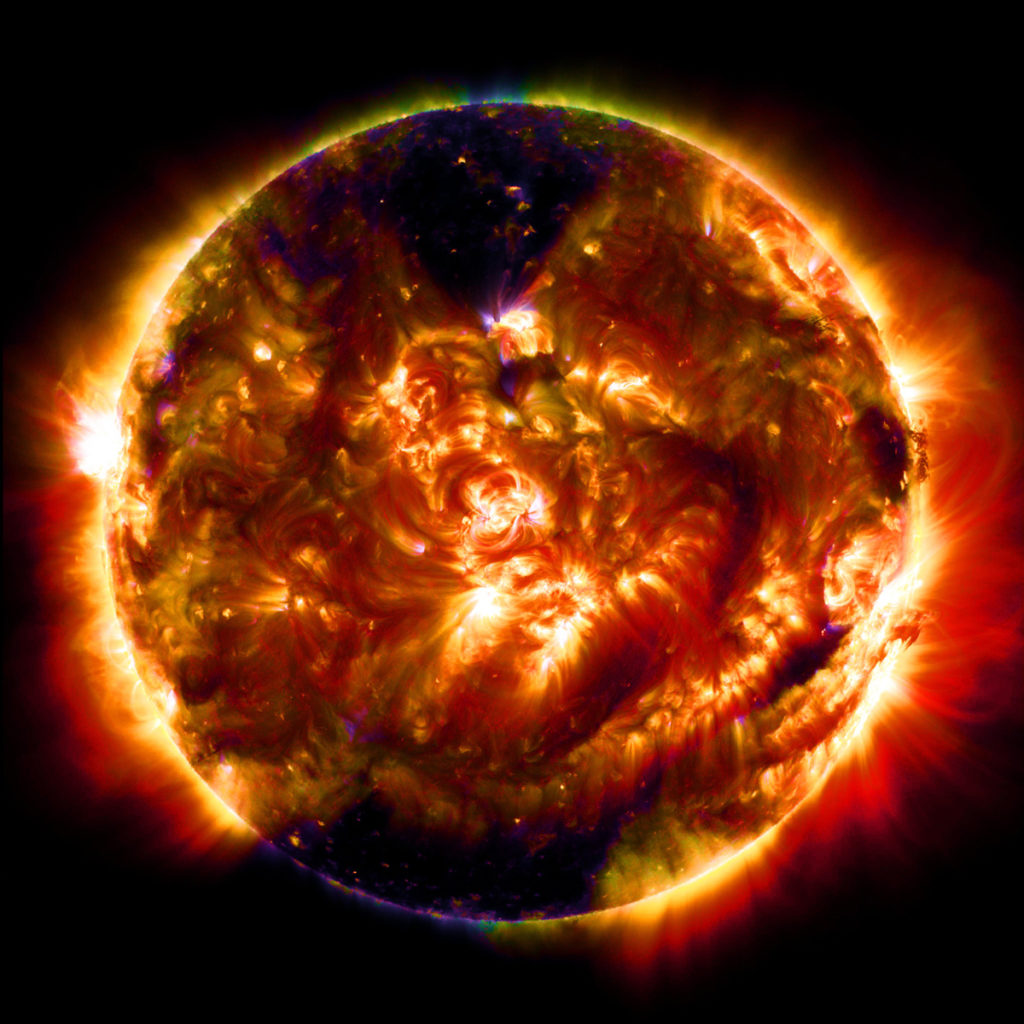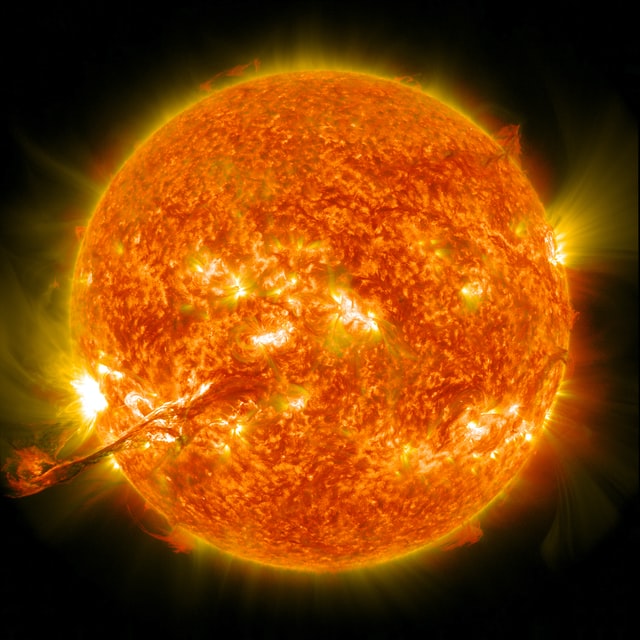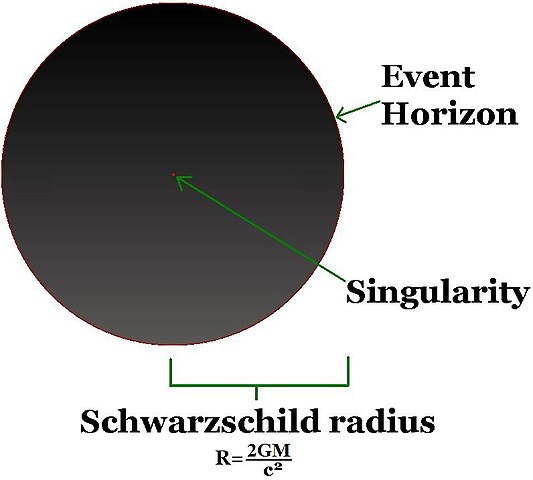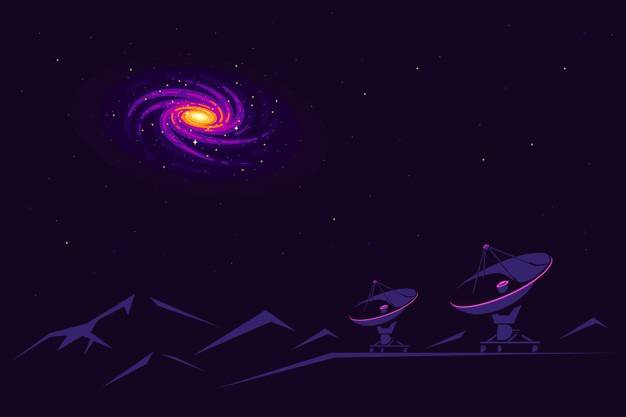About
Our sun is the giant ball of plasma. It is the only star in our solar system responsible for providing energy to earth all other planets as well. It’s diameter is 109 times that of earth and has a mass of about 330,000 times that of earth. Nuclear fusion is occurring all the time at it’s core. It formed some 4.6 billion years ago and is now middle aged. It has not much changed since then. It is the only lifeline for all the life on planet earth. According to the scientists it will remain as it is for the next five billion years and yes humans there won’t be any energy crisis in the near future.
Sun has been regarded as a deity and has been worshiped through out history. Think, if there is no sun. There is no us. Worshiping sun isn’t a bad idea after all it is one of the creations of GOD.
Sun is made of primarily hydrogen and helium. It accounts for 74.9 % of it’s mass.

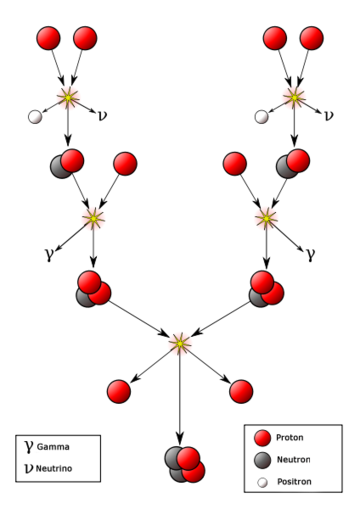
Nuclear Fusion occurs at it’s core where hydrogen is converted into helium. The fusion is called proton-proton fusion. In this fusion protons which is simply a lone hydrogen nucleus fuses with another proton to form helium and in this process energy is released. Sun’s core contributes about 99% of the energy generated by the sun through fusion.
Step By step process:
Two protons fuse together. Sometime one of the protons turns into a neutron. Along with the newly formed proton neutron pair which is called deuterium, positron and Neutrino is released.
When third proton collides with deuterium, it results in the formation of helium-3 nucleus and gamma rays are formed.
We call these rays sunlight.
Sunspots
What do you see when you look at the sun? You feel it is round and smooth. It has a bright yellow and sometimes there are hues of orange. It looks attractive and you feel that is how the sun looks from a close distance as well. It is not true! Our human eyes cannot see the sun spots on the bright and beautiful sun because it is far away from us. The dark spots on the sun are called sun spots. These large spots are bigger than the sun and they also contain magnetic fields. It is stronger than the magnetic field of Planet Earth.
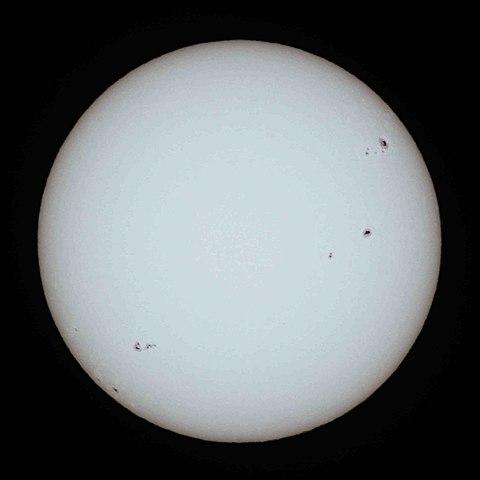
There are times when the sunspots grow larger and they can be seen with the human eyes. This can be seen during sunrise and sunsets. It is possible when the brightness of the sun is dim because the sun rays are so strong that you cannot look at it directly.
It was Galileo, who noticed that the sun spots change in size and shape. If we go closer to the sun, we will find that it does not look the same. It has dark spots on it. The sun spots are cooler than the rest of the sun. Basically it is made from the magnetic activity. You would find the sunspots in pairs because there has to be a North sunspot and a South Sunspot. The sunspots have a dark center which is called the Umbra. There is a lighter color region which surrounds the Umbra. It is called Penumbra. The sun is a spotty star and the sunspots disappear and appear after every 11 years.
Did you know that the sunspots are actually very bright! They seem dark because the sun is too bright. After every 11 years, the sunspot activity increases.
How does it affect our earth? Well, it is said that the sunspots are cooler than the sun but scientists believe that if there are too many sunspots, the sun will turn hotter. If the sun is too hot, it will affect the climate on Planet Earth. Our planet will get hotter because the sun will be extremely hot to bear.
With sunspots, the UV rays to the Earth will increase which would cause a threat to our planet. It could also lead to solar flare. What is solar flare? It is a sudden flash of sun’s brightness. It could be dangerous for the Astronauts as well as our planet. Therefore sunspots are not good for the Earth.
Have you ever imagined the planet without a sun? What would happen if the sun dies? You probably like the night more than the day time. People would say that they would be happy without the sun because they can enjoy winters and not sweat in the sun. Do note that the sun is a star and it is right at the centre of our solar system.
what will happen if the sun dies.
Sun will not die for 5 billion years but lets assume if it does so. If there was no sun, the world will have to bid adieu to the planet because there will be no life left. Crops will not grow and there would be no concept of day and night. The earth revolves around the sun but if there was no sun, there will be no direction. Once the sun is exhausted from all its hydrogen, it will die. However, there is still some time for that.
Let us assume that the sun would disappear some day for some reason. What would happen? Planets other than the Earth may come in contact with each other. Since all the planets are revolving around the Sun, they would have no source to revolve around. It will not pose a threat to other planets because there is no life on those planets. However, our planet Earth has population, animals and plants. All of them would die without sun. The effect will not be sudden and the changes will be seen over a due course of time. The world would come to an end without the Sun.
We usually forget that stars just like the sun do not stay forever. It is not immortal and it shall die one fine day. The outer region of the sun will expand and there are chances it could reach Earth and burn the planet. All animals rely on the crops and food. How would the herbivores survive? If herbivores do not survive, the carnivores will not be able to get food and they would die too. How would human beings survive?
We would be living in darkness which does not sound pleasant to the optimist soul. Earth would be a cold place to live and it shall not be a good place to survive. In a nutshell, if there was no sun, there would be no heat, wind, light or rain. Would you want to live on a dark planet? It is difficult to imagine it right now but it would be hard to live on a planet which has no natural resources and no change of day and night.

